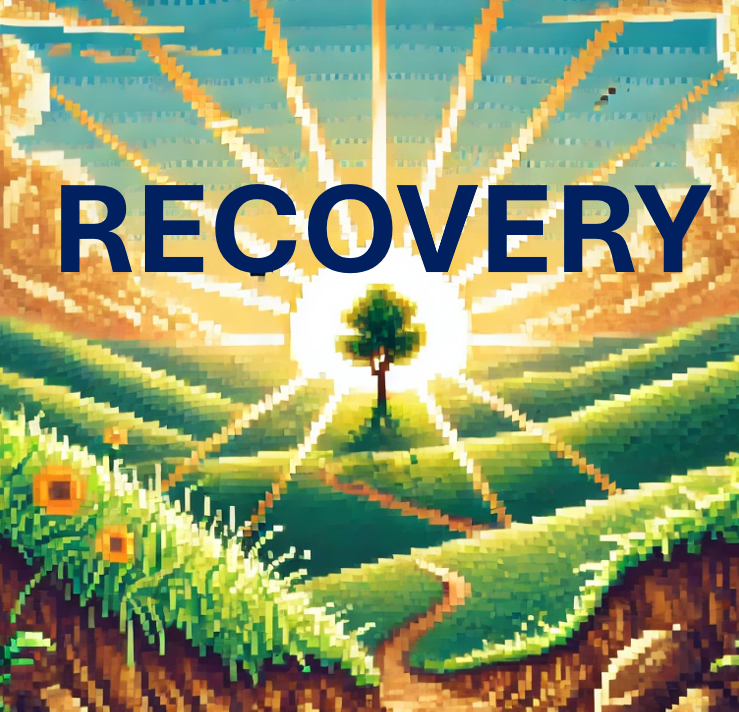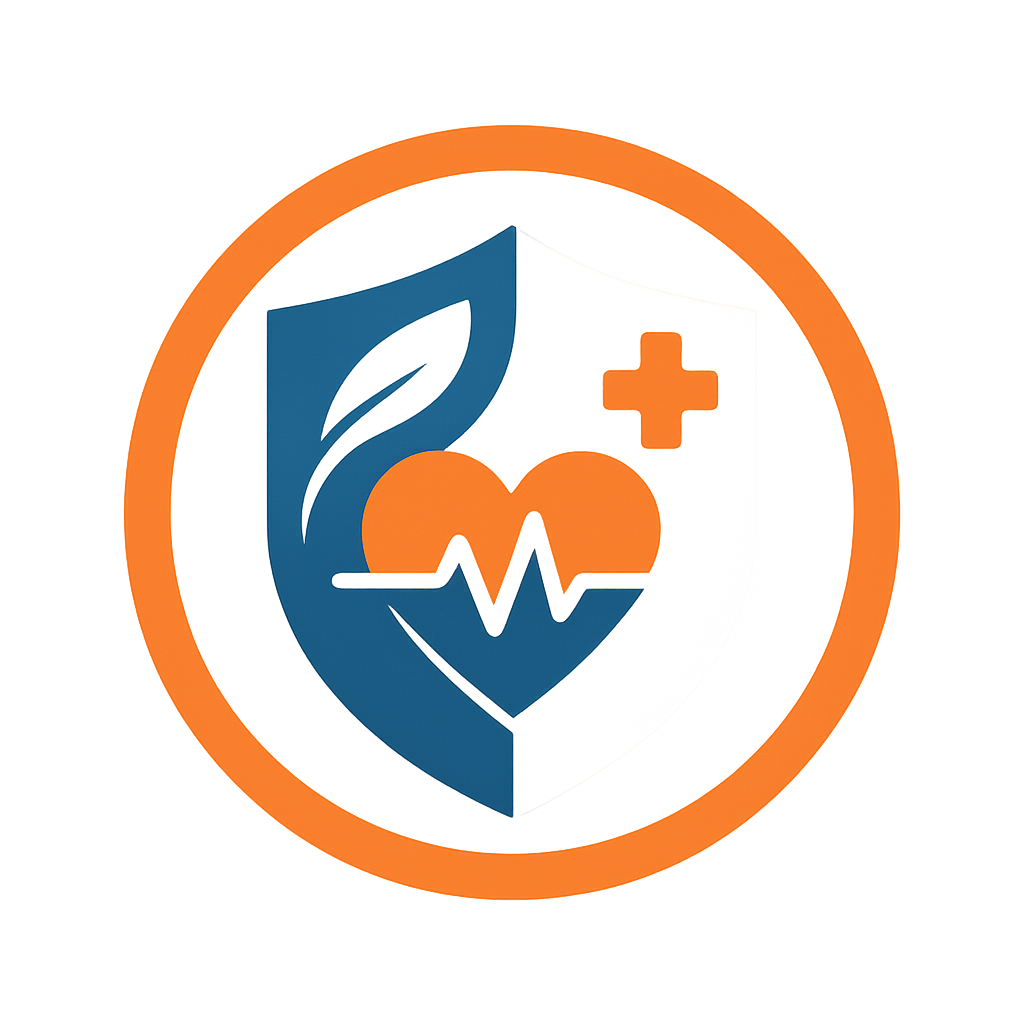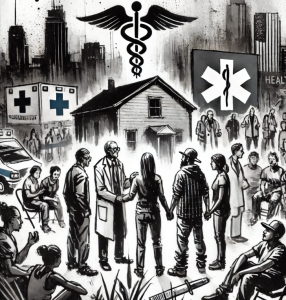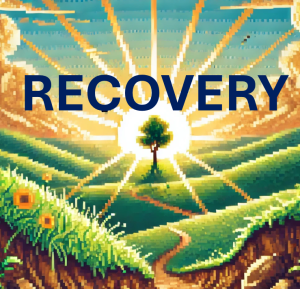
What Happens When Recovery Research Goes Unfunded?
In 2024, 30 federal agencies came together to tackle a huge public health question: What do we actually know about recovery from substance use disorder (SUD)?
The answer? Not nearly enough—and what we do know is incomplete, underfunded, and dangerously skewed.
While millions of Americans are affected by addiction, recovery research still lags far behind studies on treatment and medication. Yet here’s the twist: a growing number of people recover without ever stepping foot in a treatment center. So, how are they doing it? What helps them stay on track? And how can systems better support the millions walking these less-visible paths?
These are the questions that the federal Interagency Working Group (IWG) set out to answer. But just as the roadmap to recovery research is becoming clear, looming budget cuts in 2026 threaten to stall—or erase—this momentum.
Let’s dive into what the IWG discovered, and why this matters more than ever.
The Puzzle: We Know a Lot About Addiction, But Not Recovery
Here’s a stat that might shock you: Of the estimated 54.2 million people in the U.S. who needed treatment for SUD in 2023, only 12.8 million actually received it. Even fewer participated in mutual aid or received formal recovery support services.
This isn’t just a gap—it’s a chasm.
Researchers have traditionally focused on specialty treatment populations. But many people recover outside these systems, through informal supports, community resources, or on their own. This means a huge portion of recovery stories—and data—are missing from the scientific record.
That’s like trying to understand heart disease by only studying patients in cardiac rehab.
Research Gaps That Need Urgent Attention
The IWG identified four core research areas and three cross-cutting themes that can redefine how we study, support, and sustain recovery.
1. Recovery Support Services (RSS)
RSS are non-clinical supports—like recovery housing, peer coaching, collegiate recovery programs, and recovery community centers. Most are led by people with lived experience. While recovery housing is fairly well-studied, other services aren’t. We don’t yet know which supports work best, for whom, and in what contexts.
2. Financing and Systems Integration
Even when we know services work, they’re often hard to fund. PRSS, for instance, are sometimes covered by Medicaid, but are still underused. Why? Complex billing systems, lack of provider standards, and limited understanding of how to pay non-clinical entities. Solutions will require policy changes, new reimbursement models, and better integration with clinical care.
3. Recovery Trajectories
Recovery is not a straight line. People relapse, restart, and rebuild in vastly different ways. Mapping these diverse journeys—and identifying intervention points—can help tailor supports. Think of it like Waze for recovery: we need better data to guide people based on where they’re starting, not just where we want them to end up.
4. Validation of Recovery Measures
We use validated tools to measure recovery capital (e.g., housing, employment, social support), but many lack nuance. What does “success” really look like? How do we define milestones in a process that’s nonlinear and deeply personal? Better metrics are critical for guiding both policy and practice.
Cross-Cutting Themes:
- People With Lived and Living Experience (PWLLE) must not only participate but lead research efforts.
- Recovery occurs in ecosystems—homes, schools, courts, communities—not just clinics.
- Stigma is still pervasive, and more research is needed to understand and dismantle it.
The Clock Is Ticking: 2026 Budget Cuts Could Undo This Work
Despite this progress, the 2026 Department of Health and Human Services (HHS) budget proposes significant cuts to recovery-focused funding. If implemented, these cuts will affect many of the very programs and research areas identified as high priority by the IWG.
It’s a cruel irony: just as we’re finally developing the tools to understand and support long-term recovery, the resources to apply them may vanish.
Without dedicated funding, the most vulnerable individuals—especially those who recover outside formal systems—will remain invisible in the data, and underserved in practice.
Where Do We Go From Here?
The IWG’s findings offer a clear roadmap. Now we need action.
- Fund cross-agency research efforts that center real recovery experiences.
- Elevate the voices and leadership of people in recovery.
- Invest in longitudinal studies that map diverse recovery paths.
- Reform financing systems to support community-based services—not just clinical care.
If we want to build a “Recovery-Ready America,” we need science that reflects reality. That means putting the same energy into understanding recovery as we’ve put into studying addiction.
Join the Conversation
Recovery isn’t just a personal journey—it’s a public health priority.
What supports are available in your community for people in recovery?
How can we elevate the role of lived experience in shaping research and policy?
Do you think recovery support services should receive the same funding priority as treatment?
Let us know in the comments or on social.
You’re Missing the Headlines That Matter
🚨 Critical science is unfolding—are you in the loop?
Each week, This Week in Public Health delivers need-to-know insights that shape policy, practice, and community health. If you’re not reading it, you’re already behind.👉 Subscribe for free now to stay ahead.
📢 Share this blog—someone you know needs to see it too.



